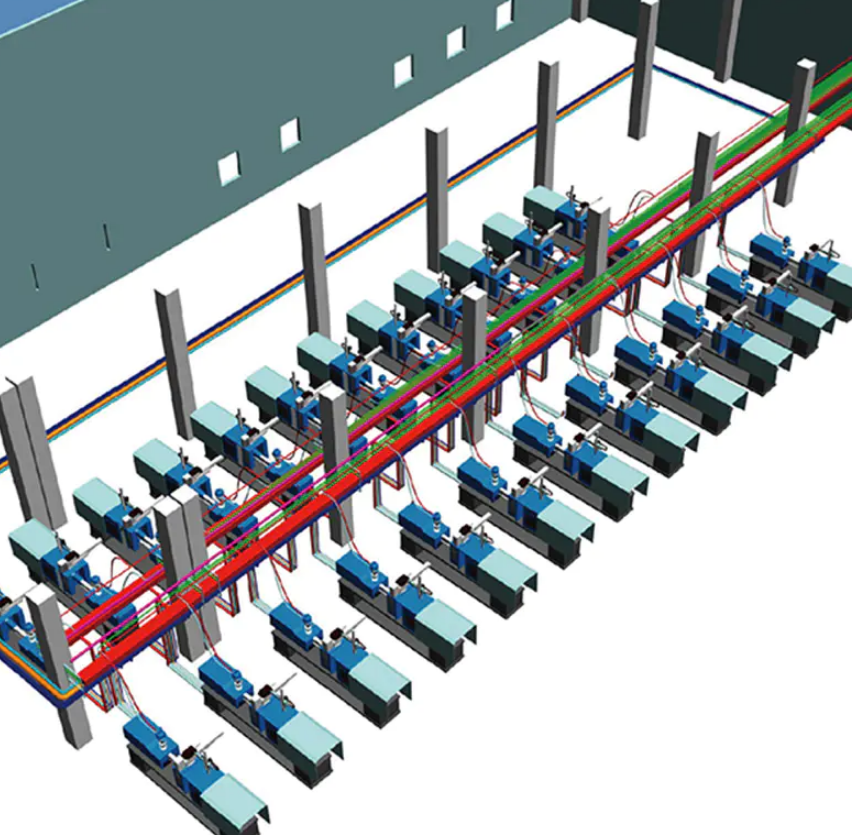Manipulator parts are essential components used in robotic systems designed for material handling and assembly tasks. These parts allow the manipulator to interact with its environment, performing actions such as lifting, moving, and positioning objects with high precision. Understanding the function and types of manipulator parts is crucial for ensuring the efficiency and longevity of these systems.
The most important components of a manipulator include the arm, joints, grippers, actuators, and control system. The arm provides the structural framework, supporting the movement of the manipulator. It is designed to have a range of motion, allowing the manipulator to reach various positions. The joints connect different segments of the arm and provide rotational and translational movement. These joints are powered by actuators, which may use electric, hydraulic, or pneumatic power to facilitate movement.
The grippers or end-effectors are designed to grasp and handle objects. Depending on the type of objects being manipulated, grippers may be equipped with mechanical fingers, suction cups, or magnetic tools. The gripper’s design is critical for securing the item without causing damage. The actuators are responsible for providing the necessary force to move the manipulator arm and operate the grippers. Actuators are powered by various sources such as electricity, hydraulics, or pneumatics, and their performance affects the speed and precision of the manipulator’s movements.
The control system is the brain of the manipulator, interpreting commands and sending signals to the actuators to coordinate movement. Sensors are often integrated into the manipulator parts to provide real-time feedback, improving the precision and efficiency of operations.
In conclusion, manipulator parts are integral to the functionality of robotic systems. Each part, from the arm to the control system, plays a vital role in ensuring the manipulator performs its intended tasks effectively.



